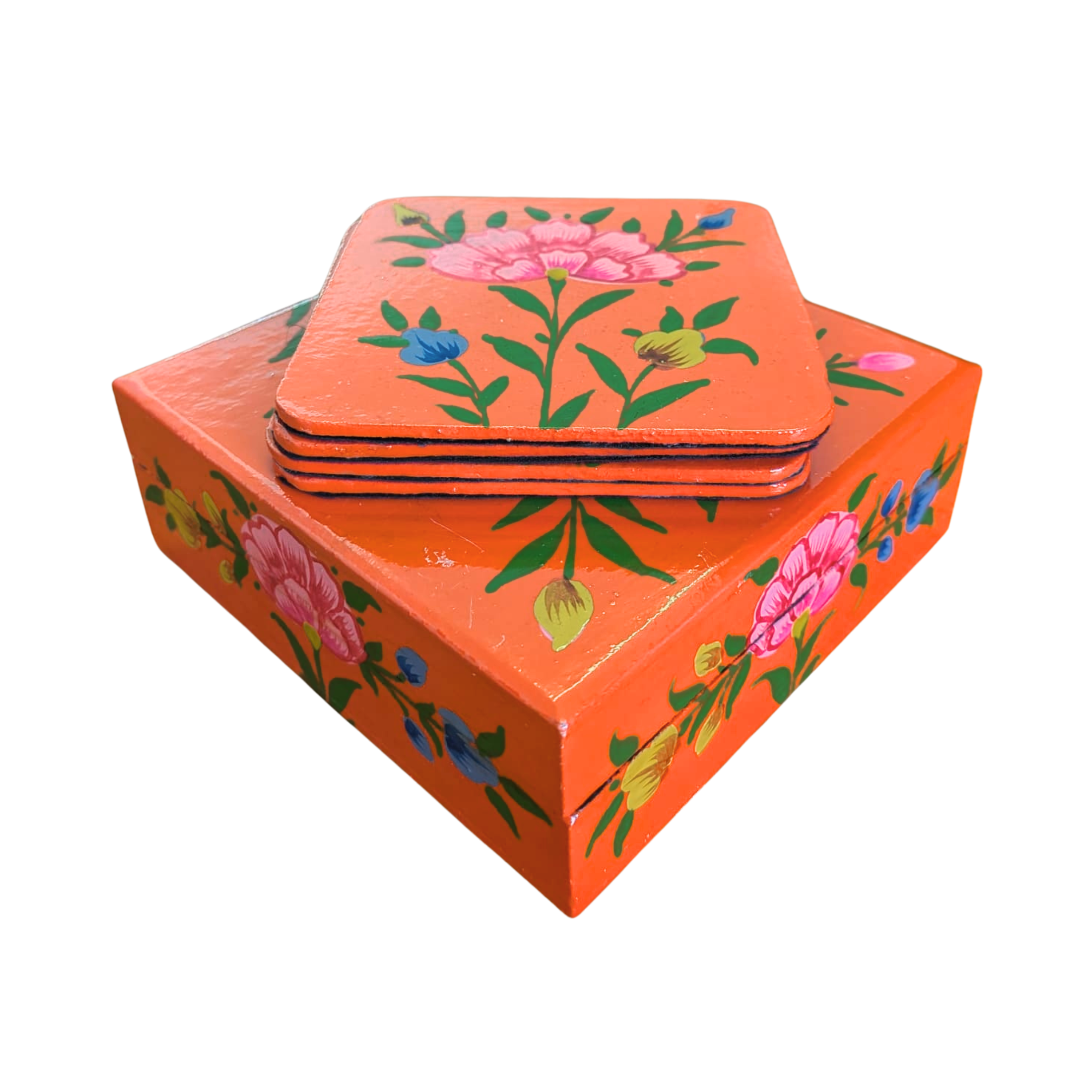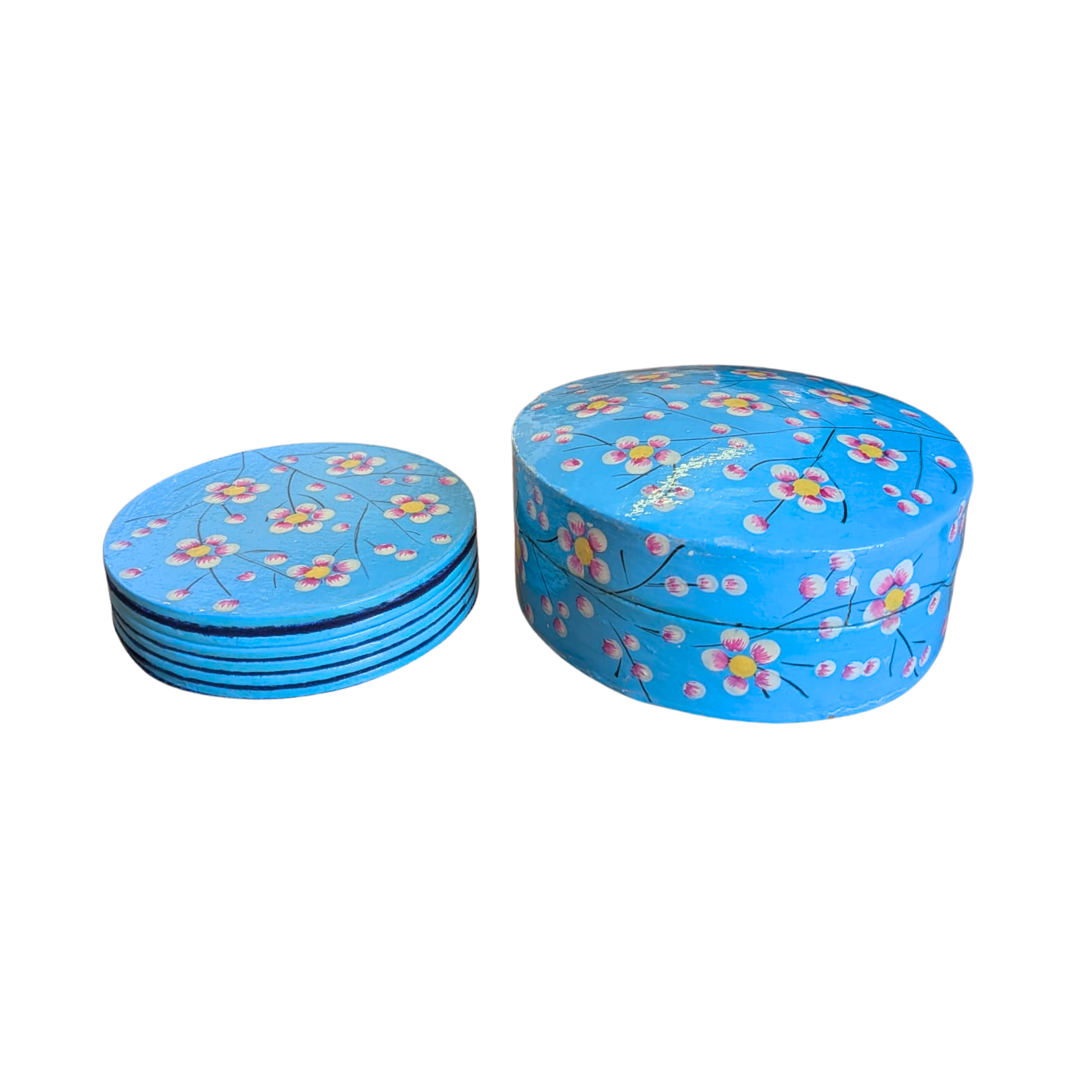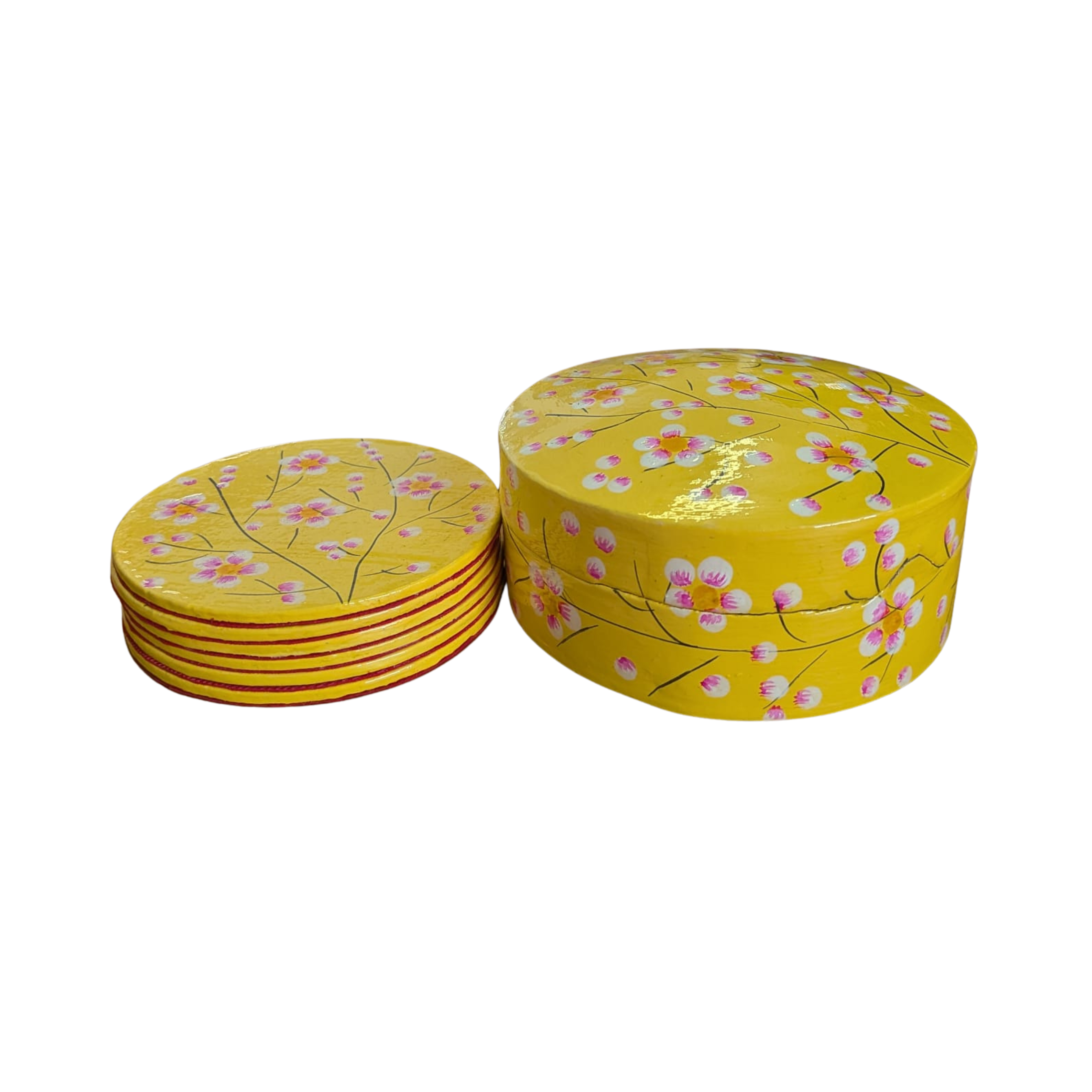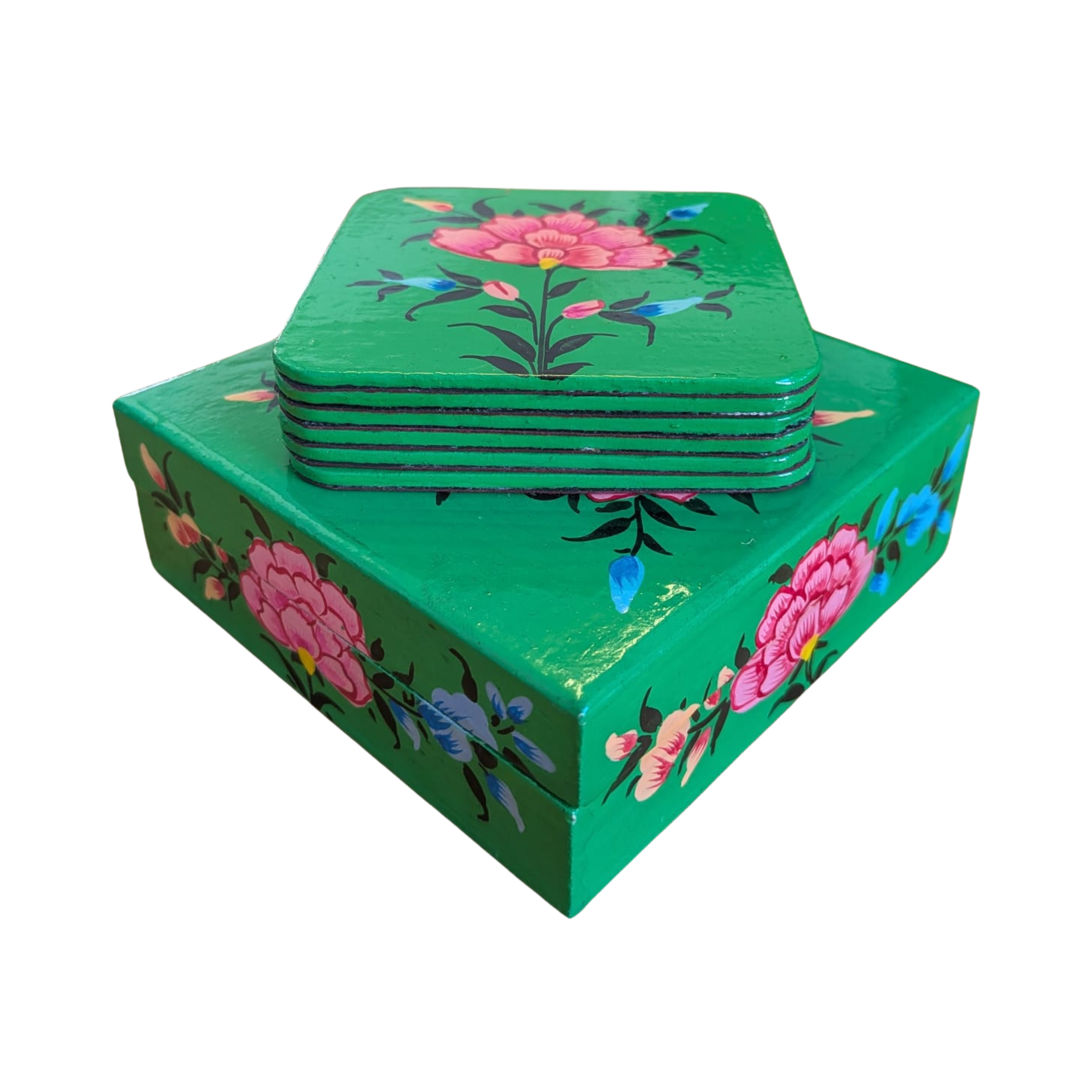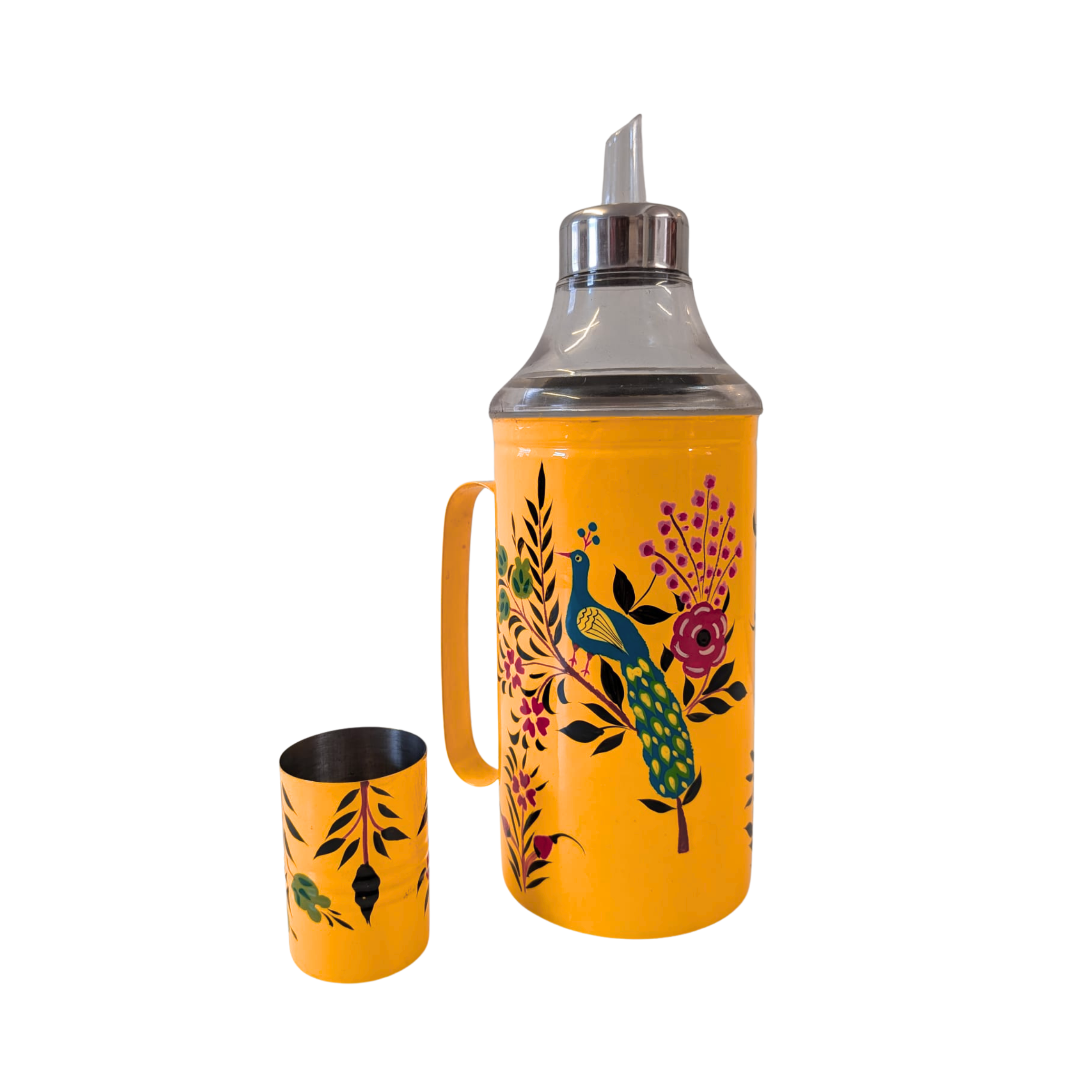 Image 1 of 3
Image 1 of 3

 Image 2 of 3
Image 2 of 3

 Image 3 of 3
Image 3 of 3




Red-Yellow Madhubani Painting
Madhubani painting holds deep cultural and spiritual significance, rooted in the traditions of the Mithila region of Bihar, India. Originally created by women on the walls of their homes during festivals, weddings and religious occasions, the art form was both a decorative practice and a sacred expression of devotion. The paintings often portray elements of nature such as the sun, moon, animals and plants, symbolising harmony between humans and the environment. Over time, Madhubani has evolved from a domestic ritual art into a powerful tool for storytelling, social commentary and empowerment, particularly for rural women artists whose work has found global audiences.
All of our Madhubani paintings are made in the traditional way by women in villages across Bihar. Using organic colours derived from plants, flowers and natural minerals, they paint on handmade canvas with brushes, twigs and even matchsticks, staying true to the age-old techniques passed down through generations. The outlines are drawn with black ink made from burnt rice soot, and the designs are filled with vibrant, flat colours and intricate patterns. These authentic works of art not only preserve a rich cultural heritage, but also support the livelihoods and creative expression of the women who continue this remarkable tradition.
Approximate Dimensions: 56cm × 77cm
Madhubani painting holds deep cultural and spiritual significance, rooted in the traditions of the Mithila region of Bihar, India. Originally created by women on the walls of their homes during festivals, weddings and religious occasions, the art form was both a decorative practice and a sacred expression of devotion. The paintings often portray elements of nature such as the sun, moon, animals and plants, symbolising harmony between humans and the environment. Over time, Madhubani has evolved from a domestic ritual art into a powerful tool for storytelling, social commentary and empowerment, particularly for rural women artists whose work has found global audiences.
All of our Madhubani paintings are made in the traditional way by women in villages across Bihar. Using organic colours derived from plants, flowers and natural minerals, they paint on handmade canvas with brushes, twigs and even matchsticks, staying true to the age-old techniques passed down through generations. The outlines are drawn with black ink made from burnt rice soot, and the designs are filled with vibrant, flat colours and intricate patterns. These authentic works of art not only preserve a rich cultural heritage, but also support the livelihoods and creative expression of the women who continue this remarkable tradition.
Approximate Dimensions: 56cm × 77cm








